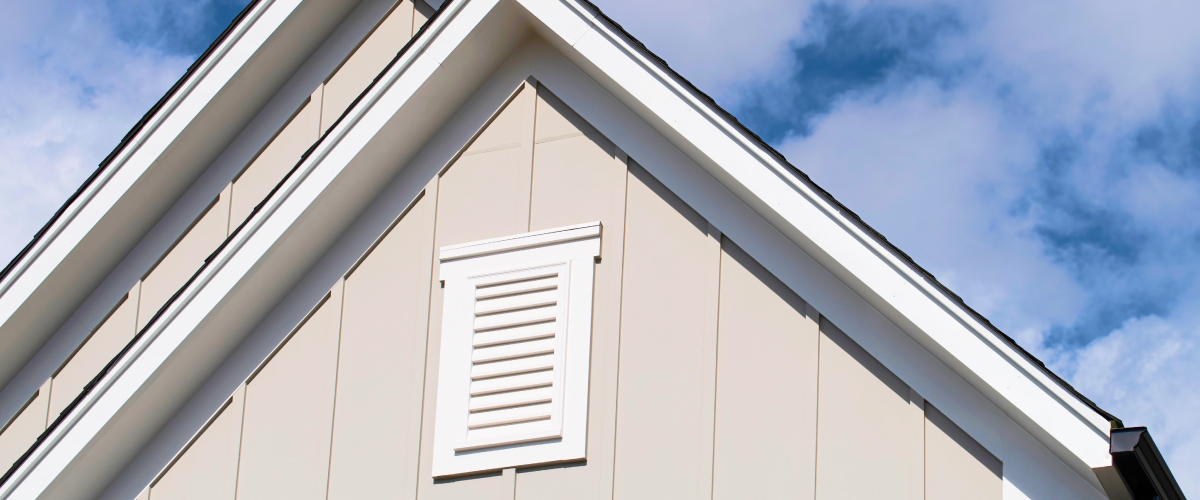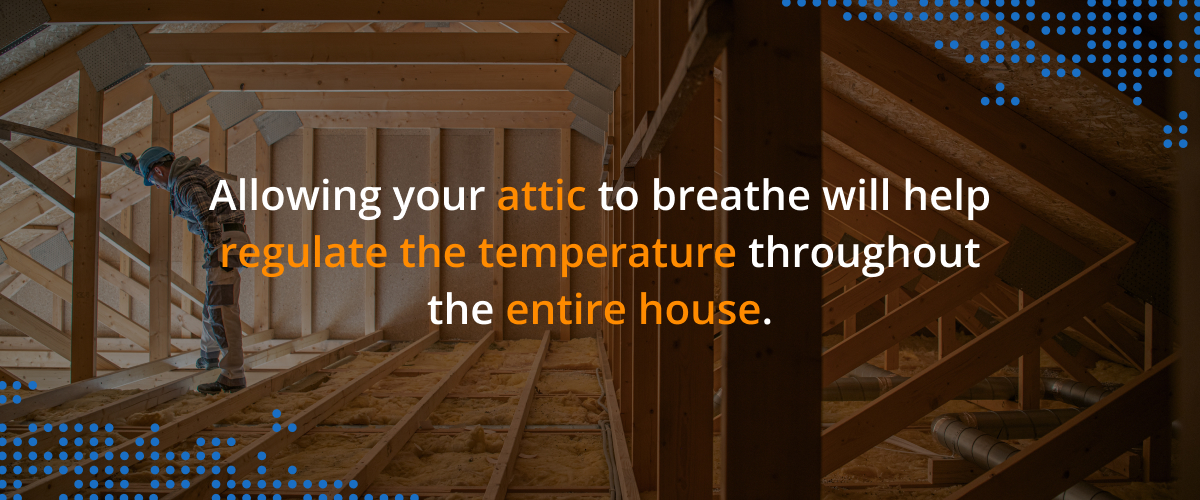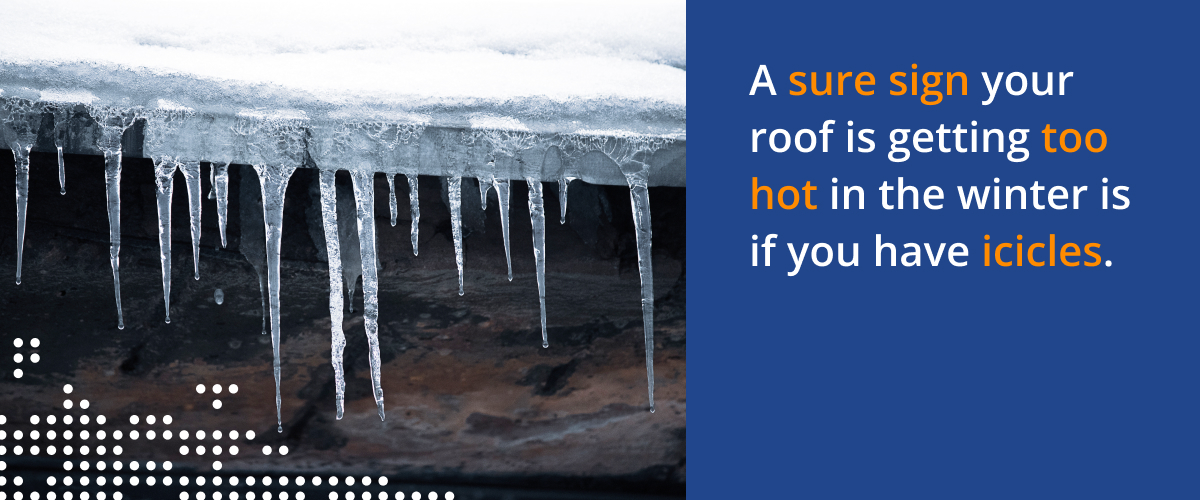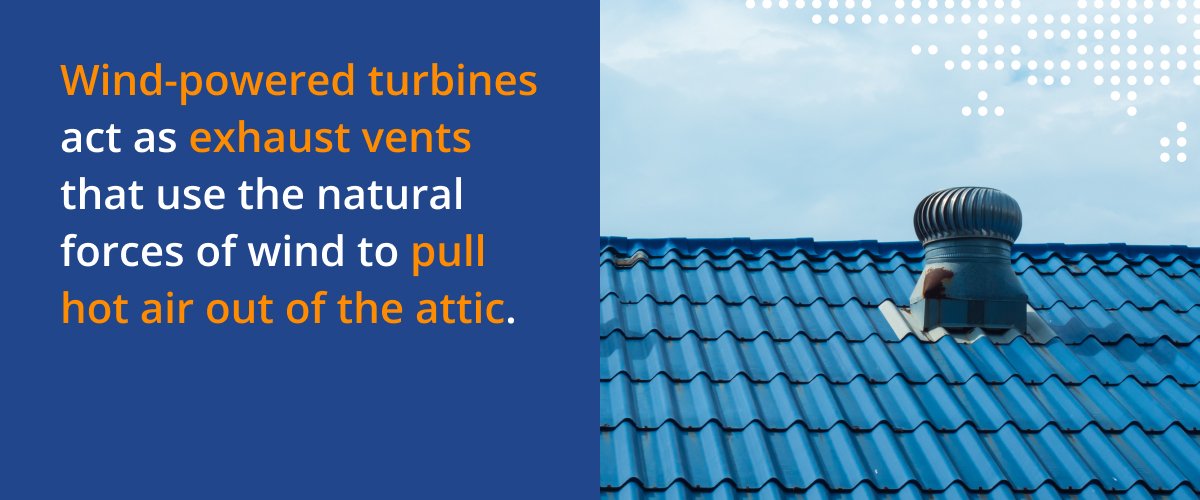
Does your Home Need Roof Ventilation?
Houses are a lot like people. They need to breathe.
Good ventilation will benefit your home in all seasons. You may be wondering why you need roof ventilation or how it works. Here are some things to consider.
Roof Ventilation basics
Roof ventilation is a series of air intake and exhaust vents that help regulate the temperature inside a home. This system is really important for homes with attics in hotter climates.
The 2 major functions of a ventilation system are to pull heat from the attic and to allow moisture to leave. Allowing hot air to leave, and cool air to enter helps cool down the attic and keep moisture out.
Why You Need Roof Ventilation
Roofs need ventilation for a couple of reasons. Here are just a couple.
- Lower Energy cost
- Fewer temperature differences throughout the home
- Helps prevent mold, rot, and damp
- Protect the roof from prematurely aging
- Prevent ice dams and damage caused by icicles
Lower Energy Costs
Due to roof ventilation cooling down the attic, A/C systems don’t have to work as hard to cool down the house. This is a real cost saver in hot summers.
Fewer Temperature Differences Throughout the Home
Allowing your attic to breathe will help regulate the temperature throughout the entire house. Meaning, you won't have one room that always seems to be 10 degrees hotter than the rest of the home.
This benefit is more noticeable in 2-story homes and areas that are closer to the attic like closets with an attic scuttle.

Helps Prevent Mold, Rot, and Damp
When excess moisture gets into your roofing system, the damage can quickly become uncontrollable. Ventilation lets the moisture leave.
If moisture stays in your attic that can lead to issues such as;
- Clumping insulation that underperforms
- Leaks
- Growth of mold
- Rotting of structural beams
- Weakened or sagging parts of the roof
Allowing moisture to leave will mitigate these issues.
Protect the Roof from Prematurely Aging
When roofs get hot, parts of them expand in the heat. Some of this swelling is inevitable. However, unventilated roofs stay hotter for longer and have a hard time cooling down.
This inability to cool down will lead to quicker aging on the shingles and other parts of the roof. Hot roofs need ventilation.
Prevents ice damming
Having roof ventilation doesn’t just help in the summer months. During winter, if attics are too hot, snow can melt off the roof and re-freeze on the soffit of your roof. This creates a dam that pushes water up into the shingles of your roof. This can cause major water damage.
A sure sign your roof is getting too hot in the winter is if you have icicles. Believe it or not, icicles are not good signs.

Types of Roof Ventilation
Gable, ridge, soffit, static, cupola. There are a lot of different types of vents to consider when choosing a roof ventilation system.
Gable
These vents are located at the top of the house on the wall of the attic. These vents allow the outside wind to blow through the attic.
When placed on both sides of the attic, this vent system works as an intake and an exhaust. However, for them to work properly, the wind must hit the vent directly to open them.
Ridge
Ridge vents don’t sit on the roof, but integrate into the roofing system itself. They’re typically hard to spot because they sit under the shingles.
These vents are installed in the peak of the roof itself. A long slot is cut into the decking and the vent covers that slot.
Because these vents are on the top of the roof they’re great for warm air to escape out of. However, you will need another kind of vent to act as an intake. This next option goes well with ridge vents
Soffit
Soffit vents are great to use alongside ridge vents. These vents are installed under the overhang of the roof (the technical term is soffit).
Soffit vents allow for air to travel up into the attic from outside. When coupled with a ridge vent, or other kinds of upper exhaust vents, cool air can freely move up into the attic and warm air can escape from the upper vents.
Wind-Powered Turbine
Wind-powered turbines (aka whirlybirds) are classic static vents. These vents act as exhaust vents that use the natural forces of wind to pull hot air out of the attic.
These vents should be coupled with other kinds of vents. Especially an intake vent.

Box
Box vents don’t have wind turbines in them, but they still allow for hot air to escape. It’s normal to see these basic static vents alongside turbines.
Powered
Powered vents are a newer kind of static vent. These work similarly to wind turbines, but they use electricity to spin the turbines. Some of these vents even have solar panels on them so you can save money on your electrical bill!
With all static vents, it’s important to have a good intake system, but when it comes to powered vents, it’s crucial. Without good intake, powered vents can take out the cool air in your home.
Remember, good ventilation requires exhaust and intake.
Cupola
Although not used much on residential structures, cupolae are the most decorative option available. The cupola has a rich history in architecture. Used as early as the 8th century, this vent option is great for structures like barns, sheds, and garages.
Need Roof Ventilation?
Having good roof venting has too many benefits to ignore. Including all of the benefits, it’s important for the longevity of your roof. The difference could mean thousands in repair costs.
Call a Professional
DIY repairs are tricky, and there’s a reason professionals follow a specific protocol. Call a professional to get an estimate or an inspection. Your roof will thank you.